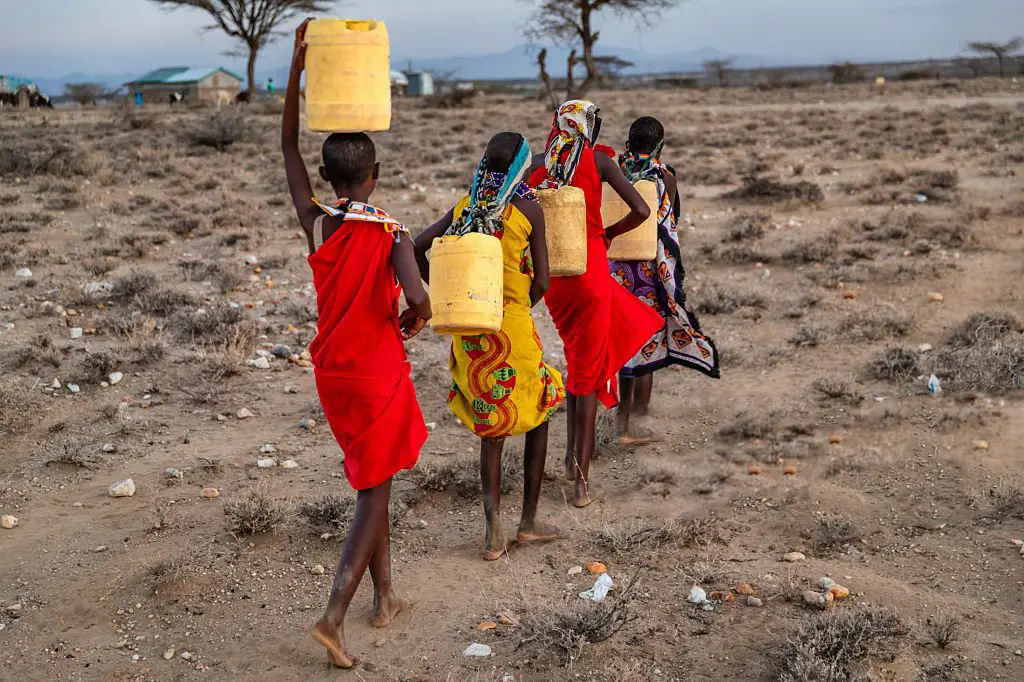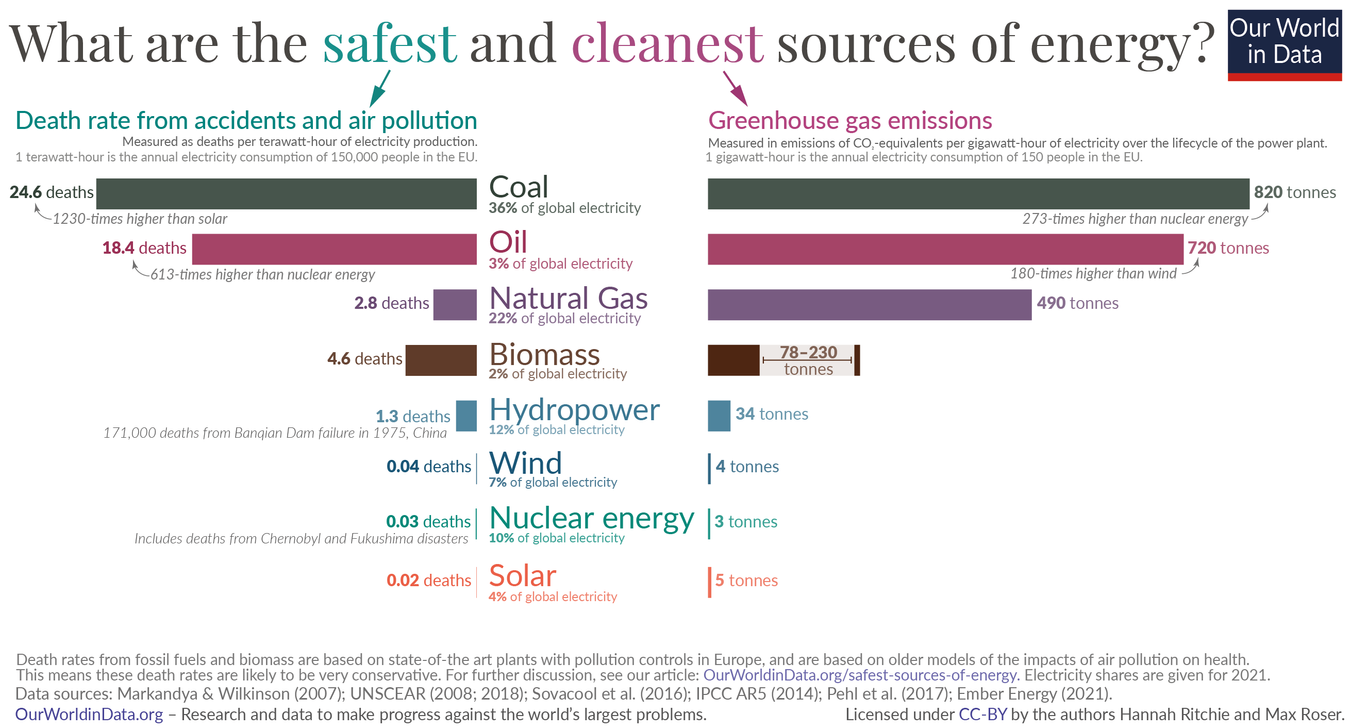
Mozambique Conflict 2025: A Struggle for Stability and Hope
The Mozambique Conflict remains one of Africa’s most complex humanitarian and security challenges. Since violence erupted in 2017 in Cabo Delgado, the conflict has displaced more than a million people and disrupted lives across northern Mozambique.
Despite years of hardship, the Mozambican people and their allies continue to fight for peace, rebuilding hope through resilience, cooperation, and international support.
Understanding the Roots of the Conflict
The violence began when armed insurgents attacked villages in Cabo Delgado — a region rich in natural gas but marked by poverty and inequality. These fighters, locally called “al-Shabaab” but unrelated to Somalia’s group, exploited community frustrations and lack of opportunities.
Economic disparity, youth unemployment, and marginalization have long fueled resentment, providing fertile ground for the insurgency’s growth.
Recent Developments in Northern Mozambique
In 2025, renewed clashes in northern Mozambique forced thousands of families to flee once again. According to humanitarian reports, more than 20,000 people were displaced in a single week this September.
Although the government and its allies have regained control of several areas, sporadic attacks continue to threaten stability and slow reconstruction efforts.
The Humanitarian Crisis on the Ground
Displacement and Suffering
Over one million people have fled the violence, many seeking refuge in neighboring provinces or temporary camps. Access to food, water, and healthcare remains limited.
Aid groups like the World Food Programme (WFP) and UNHCR are providing critical support, but logistical challenges and funding shortages make relief efforts difficult.
Overlapping Challenges
Northern Mozambique faces multiple crises at once — conflict, climate change, and economic hardship. Floods and droughts have destroyed crops, while damaged roads make it hard to deliver aid.
Yet amid adversity, local communities display remarkable resilience and solidarity.
Government and Regional Actions
The Mozambican government, supported by Rwanda and the Southern African Development Community (SADC), has launched operations to restore security. These military campaigns have successfully reclaimed territories and allowed some displaced families to return.
Efforts now focus on rebuilding infrastructure, promoting local employment, and improving access to education and healthcare — essential steps toward lasting peace.
International Role and Cooperation
Global organizations and donor countries are vital to Mozambique’s recovery. Their support centers on:
- Humanitarian relief: Food, shelter, and medical care for displaced families.
- Security support: Training and equipment for regional forces.
- Development investment: Strengthening livelihoods and rebuilding communities.
Partnerships between Mozambique, the African Union, and the UN ensure a unified approach to stabilization and development.
Building a Foundation for Long-Term Peace
True peace in Mozambique requires addressing root causes: poverty, youth unemployment, and inequality. Economic inclusion, vocational training, and investment in infrastructure will help communities rebuild with dignity.
Additionally, improving governance and transparency can restore public trust and prevent future instability.
Signs of Recovery and Hope
In 2025, optimism is slowly returning. Schools and markets are reopening, farmers are planting again, and small businesses are emerging. Local peace initiatives supported by NGOs help survivors heal from trauma and rebuild social bonds.
Mozambique’s future depends on inclusive growth—ensuring that natural resource wealth benefits all citizens, not just a privileged few.
Conclusion
The Mozambique Conflict 2025 is a story of pain and persistence. Though the journey toward peace is far from over, the collective efforts of Mozambique’s citizens, government, and international partners are shaping a path toward lasting stability and hope.
FAQs
1. What caused the Mozambique Conflict?
It began in 2017, driven by economic inequality, unemployment, and social exclusion in Cabo Delgado.
2. How many people have been displaced?
Over one million people have fled their homes since the start of the conflict.
3. Is peace returning to Mozambique?
Yes, several districts are stabilizing as government and regional forces strengthen control.



